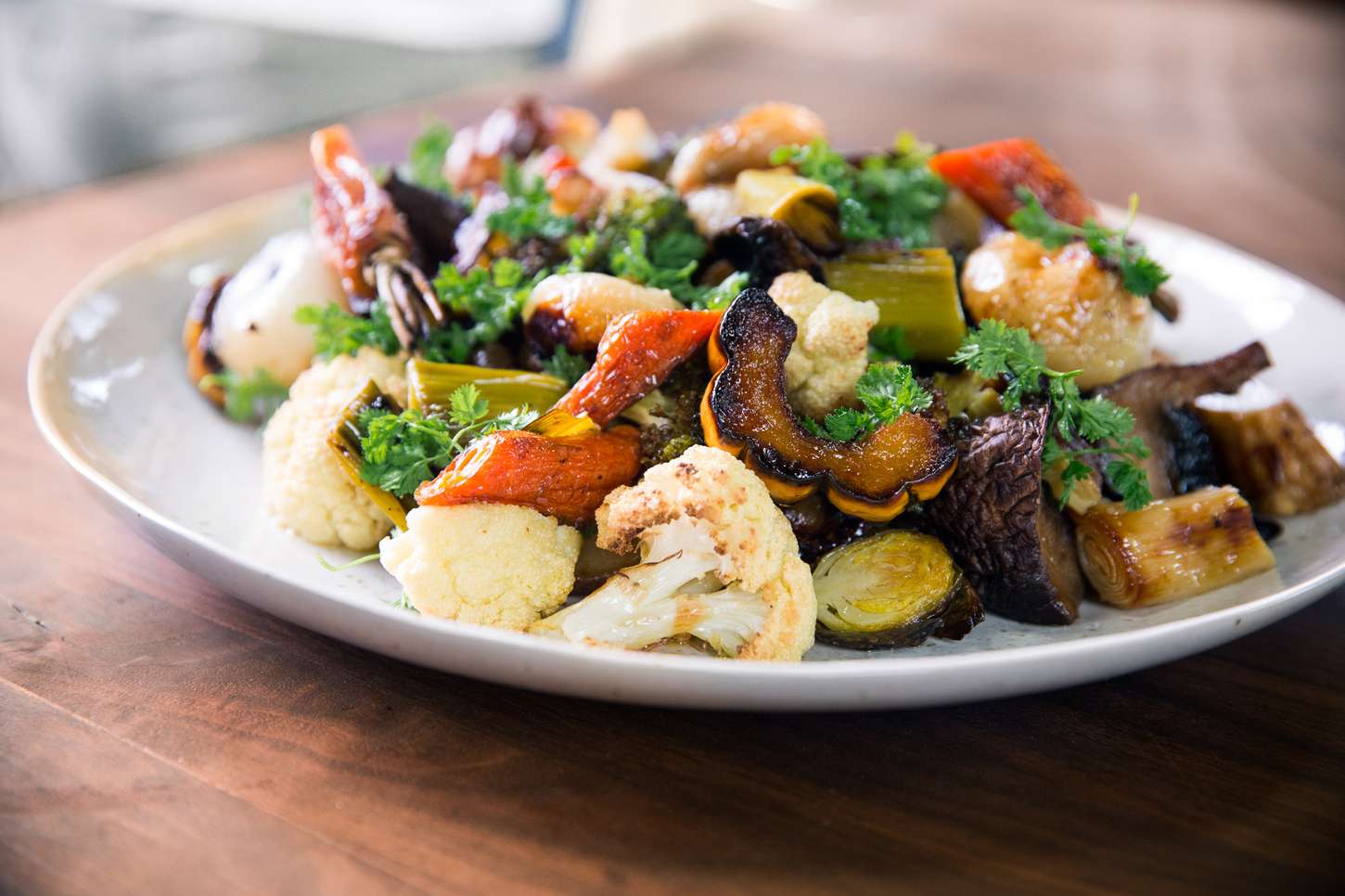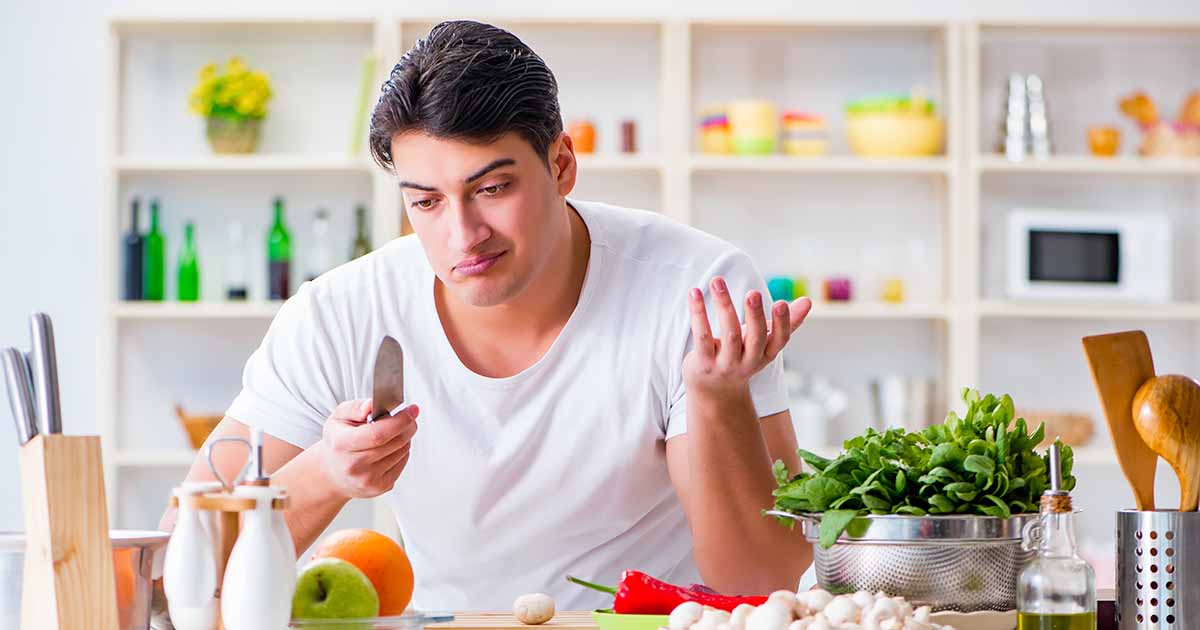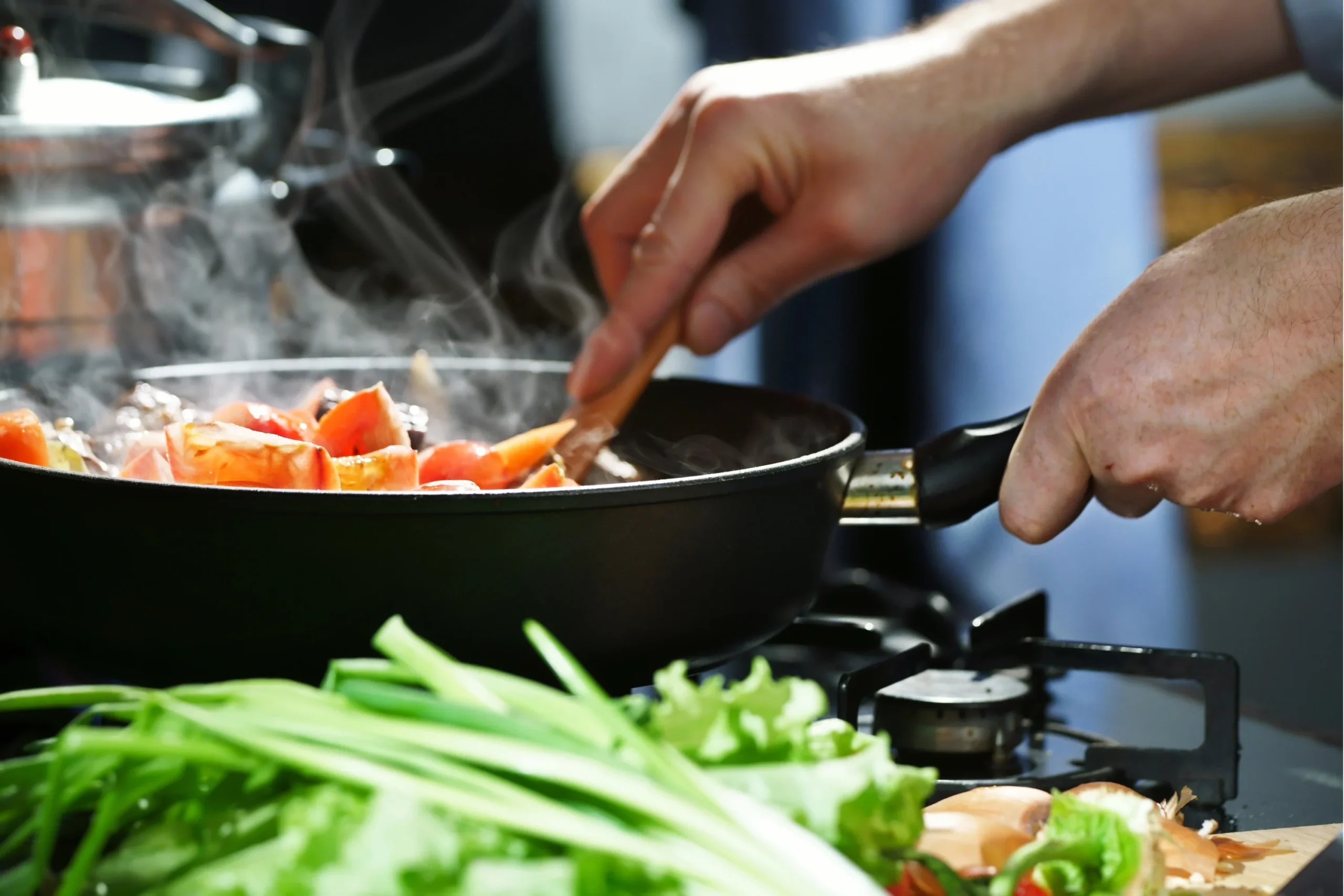Roasting vegetables is one of the simplest and most delicious ways to bring out their natural flavors and textures. It caramelizes the sugars in the vegetables, intensifying their sweetness, and creates a crispy, golden exterior that contrasts beautifully with a tender interior. Whether you’re preparing a side dish, adding them to salads, or just roasting a big batch for meal prep, mastering the art of roasting vegetables can elevate your cooking game. In this article, we’ll explore how you can perfect the technique and roast vegetables like a pro.
Why Roast Vegetables?
Before diving into the technique, let’s explore why roasting vegetables is such a popular and effective method of cooking. Roasting brings out the natural sweetness and umami of vegetables in a way that other cooking methods can’t. The high, dry heat of roasting helps to caramelize the natural sugars in vegetables, creating complex flavors and a rich depth. It also gives vegetables a satisfying crunch on the outside while keeping them soft and tender on the inside.
Roasted vegetables are versatile, easy to prepare, and can be made ahead of time, making them a go-to for busy home cooks. Plus, roasting can enhance a wide variety of vegetables, from root vegetables like carrots and potatoes to leafy greens like Brussels sprouts and kale.
What Vegetables Are Best for Roasting?
While nearly any vegetable can be roasted, some varieties are particularly well-suited for the technique due to their natural texture, moisture content, and flavor profiles. Here are some popular vegetables that roast well:
- Root Vegetables: Carrots, potatoes, sweet potatoes, parsnips, and beets are excellent for roasting. They tend to hold up well to high heat and develop a deliciously crispy exterior.
- Cruciferous Vegetables: Brussels sprouts, cauliflower, and broccoli are fantastic for roasting. The florets and leaves get crispy, while the stems remain tender.
- Squash: Butternut squash, acorn squash, and pumpkin roast beautifully, offering a rich sweetness when caramelized.
- Onions and Garlic: Onions become sweet and tender when roasted, while garlic cloves turn into creamy morsels.
- Other Vegetables: Zucchini, bell peppers, eggplant, and mushrooms also roast well and offer a wonderful balance of texture and flavor.
How Do You Master the Technique of Roasting Vegetables?
Step 1: Choose the Right Vegetables and Prep Them
The first step in roasting vegetables is selecting the right ones and prepping them properly. For uniform roasting, it’s essential to cut the vegetables into similar-sized pieces. This ensures they cook evenly and at the same rate.
- Root vegetables should be cut into bite-sized chunks, making sure they are not too large so they can cook through evenly.
- Cruciferous vegetables like Brussels sprouts should be halved, while cauliflower can be broken into florets.
- Zucchini and eggplant can be sliced into thick rounds or chunks, depending on your preference.
The size of the cuts impacts the cooking time. Larger pieces may take longer to cook, while smaller pieces cook faster but may become crispier.
Step 2: Toss with Oil
A key element in roasting vegetables is coating them with oil. The oil helps to create a crispy exterior while also enhancing the flavor. You don’t need to drown the vegetables in oil — a light, even coating is sufficient.
- Olive oil is a popular choice for its rich flavor, but you can also use other oils like avocado oil, coconut oil, or vegetable oil, depending on your preference.
- Use just enough oil to coat the vegetables evenly. Too much oil can result in greasy vegetables, while too little oil may prevent the vegetables from achieving the desired crispy texture.
To coat the vegetables, place them in a large bowl, drizzle with oil, and toss them gently to ensure every piece is coated. You can also add seasonings at this stage, such as salt, pepper, garlic powder, paprika, or dried herbs. Fresh herbs like thyme, rosemary, or oregano work wonderfully with roasted vegetables too.
Step 3: Season Properly
Seasoning is an essential part of roasting vegetables to bring out their natural flavors. Don’t be afraid to experiment with a range of spices and herbs. Here are some common seasonings to consider:
- Salt and Pepper: The basics that enhance the flavors of any roasted vegetable.
- Garlic Powder or Fresh Garlic: Adds a warm, aromatic depth to the vegetables.
- Paprika or Chili Powder: Brings a smoky or spicy kick to your vegetables.
- Dried Herbs: Oregano, thyme, rosemary, or sage pair wonderfully with roasted vegetables.
- Fresh Herbs: Add fresh herbs like parsley, basil, or cilantro after roasting to preserve their flavor.
Step 4: Choose the Right Roasting Pan and Temperature
The right roasting pan and temperature play a big role in achieving perfect roasted vegetables.
- Pan Choice: Use a heavy-duty baking sheet or roasting pan that is large enough to give the vegetables space to roast evenly. Crowding the vegetables can lead to steaming rather than roasting, so make sure the pieces are spread out in a single layer. If needed, use two pans rather than overcrowding one.
- Temperature: Roasting vegetables at a high temperature (usually between 400°F to 450°F or 200°C to 230°C) is key to achieving that crispy exterior. A high heat ensures that the vegetables caramelize and get that beautiful golden color. Lower temperatures may result in uneven cooking and a lack of crispiness.
Step 5: Roast and Stir Occasionally
Once your vegetables are prepped and placed on the pan, it’s time to roast them. Place the pan in the preheated oven and allow the vegetables to cook. To ensure even roasting, you should stir or flip the vegetables about halfway through the cooking time. This helps them cook evenly and prevents them from sticking to the pan.
The roasting time will vary depending on the size and type of vegetables you’re roasting. Typically, root vegetables like potatoes and carrots take about 30 to 40 minutes, while softer vegetables like zucchini or bell peppers may take only 20 to 25 minutes.
Step 6: Check for Doneness
The perfect roasted vegetables should have a golden-brown, crispy exterior and a tender interior. To test for doneness, pierce the vegetables with a fork — they should be soft on the inside but crispy on the outside. If they are still firm, continue roasting for a few more minutes, checking regularly to avoid overcooking.
Step 7: Add Finishing Touches
Once your vegetables are roasted to perfection, it’s time to add any final touches. Here are some ideas for elevating your roasted vegetables:
- Add a squeeze of lemon juice for a fresh, zesty finish.
- Toss with fresh herbs like parsley or basil for added flavor and color.
- Drizzle with balsamic glaze or a bit of honey to bring out the sweetness of the vegetables.
- Grate some Parmesan cheese over the top just before serving for a savory kick.
What Are Common Mistakes to Avoid When Roasting Vegetables?
While roasting vegetables is a simple technique, there are some common mistakes that can prevent you from achieving perfect results:
- Overcrowding the pan: When vegetables are too close together, they steam rather than roast, leading to soggy results.
- Not using enough oil: A light coat of oil is essential to achieve a crispy exterior and prevent the vegetables from sticking to the pan.
- Not preheating the oven: Roasting vegetables in a cold oven can lead to uneven cooking and lack of crispness.
- Not stirring or flipping the vegetables: Turning the vegetables halfway through roasting ensures they cook evenly on all sides.
Conclusion
Roasting vegetables is a straightforward yet highly effective technique that can transform humble produce into a flavorful and satisfying dish. By selecting the right vegetables, properly prepping and seasoning them, using the right temperature, and ensuring even cooking, you can master the art of perfectly roasted vegetables every time.
Whether you’re preparing a quick weeknight dinner or a show-stopping side dish for a holiday meal, roasted vegetables are always a crowd-pleaser. With a few tips and some practice, you’ll be able to roast vegetables that are crispy on the outside, tender on the inside, and bursting with flavor.




